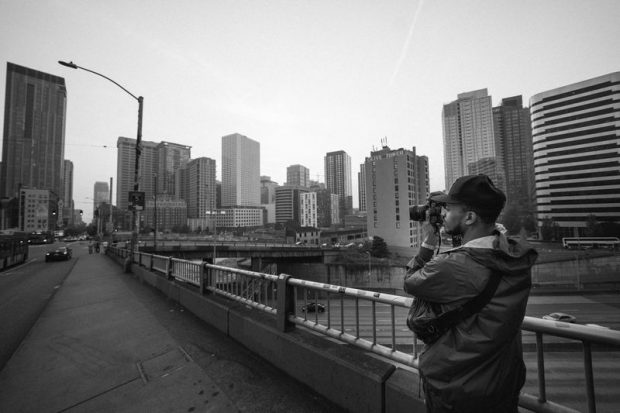Some Ideas on Framing Streets You Should Know
Table of ContentsLittle Known Facts About Framing Streets.See This Report on Framing StreetsFraming Streets Can Be Fun For EveryoneSome Ideas on Framing Streets You Need To KnowSome Known Details About Framing Streets The Ultimate Guide To Framing Streets
, typically with the aim of recording photos at a definitive or poignant moment by careful framework and timing. https://framing-streets.creator-spring.com/.
As a result his boots and legs were well specified, but he is without body or head, due to the fact that these were in activity." Charles Ngre, waterseller Charles Ngre. https://celeste-canna-h2w00s.mystrikingly.com/blog/framing-streets-capturing-life-s-essence-through-street-photography was the first photographer to acquire the technical sophistication required to register individuals in activity on the street in Paris in 1851. Professional Photographer John Thomson, a Scotsman collaborating with journalist and social activist Adolphe Smith, released Road Life in London in twelve monthly installations starting in February 1877
10 Simple Techniques For Framing Streets
Eugene Atget is considered as a progenitor, not because he was the first of his kind, yet as a result of the popularisation in the late 1920s of his document of Parisian streets by Berenice Abbott, who was motivated to undertake a similar documents of New york city City. [] As the city created, Atget aided to promote Parisian roads as a deserving subject for digital photography.

Framing Streets Things To Know Before You Buy
The chief Mass-Observationists were anthropologist Tom Harrisson in Bolton and poet Charles Madge in London, and their very first report was produced as the publication "May the Twelfth: Mass-Observation Day-Surveys 1937 by over 2 hundred viewers" [] Window cleaner at Kottbusser Tor, Berlin, by Elsa Thiemann c. 1946 The post-war French Humanist Institution professional photographers located their subjects on the street or in the restaurant. In between 1946 and 1957 Le Groupe des XV each year displayed work of this kind. Andre Kertesz. Circus, Budapest, 19 May 1920 Street photography created the significant web content of 2 exhibits at the Museum of Modern Art (Mo, MA) in New york city curated by Edward Steichen, 5 French Digital Photographers: Brassai; Website Cartier-Bresson, Doisneau, Ronis, Izis in 1951 to 1952, and Post-war European Digital Photography in 1953, which exported the idea of road digital photography worldwide.

The Main Principles Of Framing Streets
The recording maker was 'a hidden video camera', a 35 mm Contax hidden under his layer, that was 'strapped to the breast and attached to a long wire strung down the appropriate sleeve'. His job had little contemporary effect as due to Evans' sensitivities regarding the originality of his task and the privacy of his topics, it was not released till 1966, in the publication Several Are Called, with an introduction written by James Agee in 1940.
Helen Levitt, then a teacher of kids, connected with Evans in 193839. She recorded the temporal chalk drawings - Street photography hashtags that became part of children's road society in New York at the time, along with the youngsters that made them. In July 1939, Mo, MA's new photography area included Levitt's operate in its inaugural exhibitRobert Frank's 1958 book,, was considerable; raw and often indistinct, Frank's photos examined traditional digital photography of the moment, "challenged all the formal rules laid down by Henri Cartier-Bresson and Pedestrian Evans" and "contradicted the wholesome pictorialism and heartfelt photojournalism of American publications like LIFE and Time".